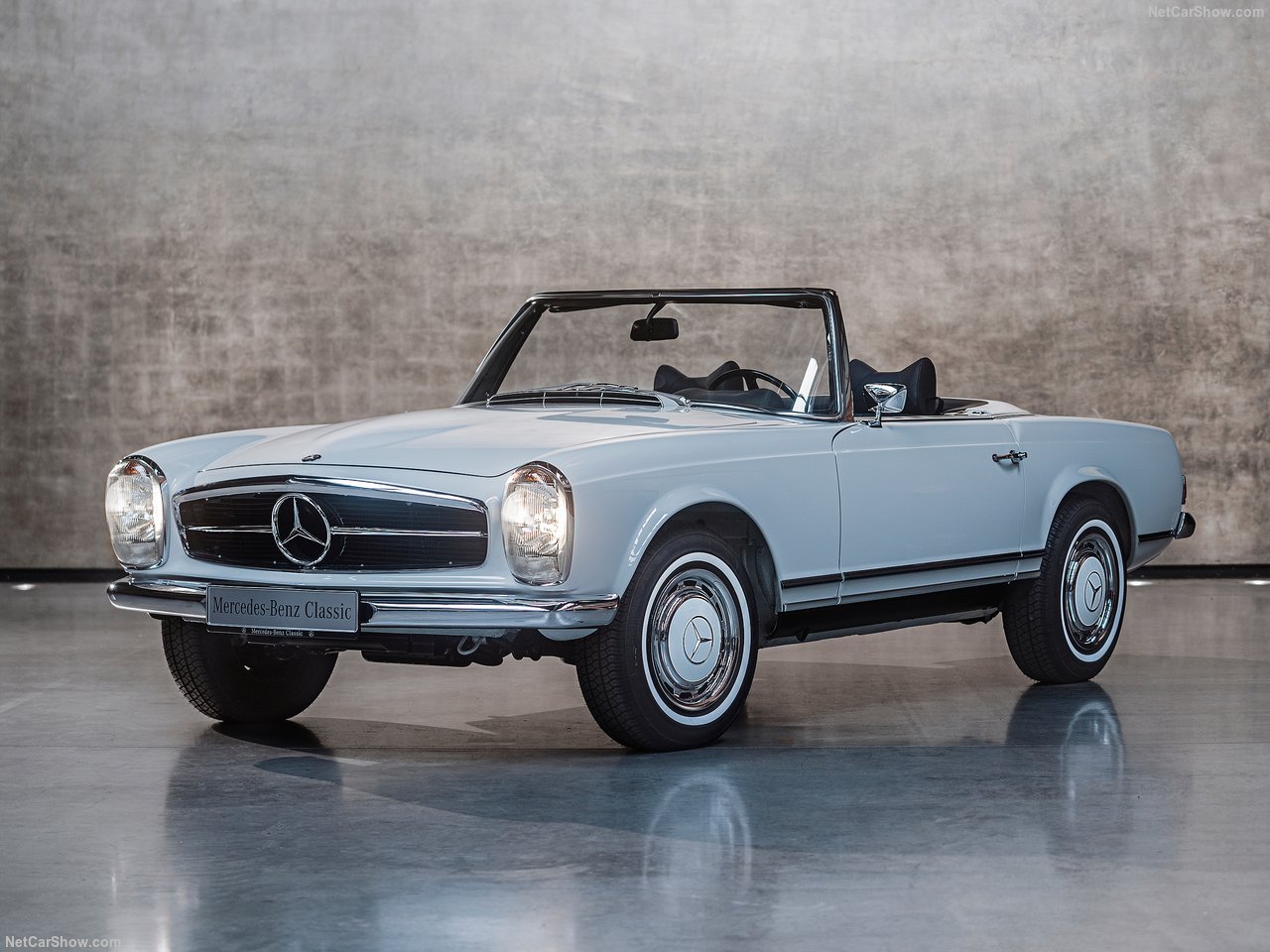
Tsukumogami and the Machinery of Disposability: On Obsolescence, Memory, and Meaning
There’s an old Japanese belief that when you cherish an object for a century, it becomes tsukumogami—a thing alive, aware, with a soul shaped by care and memory.My car isn’t new. It’s older than I am. I love it because it has character, a personality. It feels almost… alive. It’s the opposite of disposable.
We’ve been sold planned obsolescence as convenience—promised happiness through constant replacement. It’s a lie. Obsolescence steals meaning. It steals connection. It replaces beauty with plastic emptiness.
We’ve been sold planned obsolescence as convenience—promised happiness through constant replacement. It’s a lie. Obsolescence steals meaning. It steals connection. It replaces beauty with plastic emptiness. Here’s a radical idea: buy something worth keeping. Then actually keep it. Take care of it. Understand it. Let it age with dignity, alongside you.Maybe, in the quiet moments, it’ll remember you, too.
But, too endure is a threat in a culture obsessed with the future. We are taught to sprint forward, to look back only with pity. The past is framed as obsolete by default—irrelevant unless reborn as kitsch or irony. This forward tilt flattens beauty, replacing it with speed and novelty.
Planned obsolescence didn’t arise by accident. It was engineered—first in boardrooms, then in design labs when manufacturers realized they could make more money not by improving products, or, in the worst case subtly sabotaging them. Not through overt failure, but through built-in limits—parts that wear out too fast, batteries sealed away, software updates that slow devices to a crawl. All of it under the guise of innovation.
This wasn’t a bug in the system—it was the system. The relentless march toward “new, bigger, better” isn’t powered by human need or aesthetic evolution. It’s powered by the corporate Leviathan: vast, faceless entities that care not for beauty, tradition, or continuity, but for quarterly earnings. The goal isn’t to improve your life. It’s to keep you consuming, endlessly. Every product designed to die is a revenue stream secured. Every aesthetic choice sacrificed to cost-cutting is a shareholder’s sigh of relief.
We are not advancing—we are being maneuvered. Nudged by marketing, pressured by peers, and herded by algorithms toward a culture where the only thing more disposable than our goods is our attention. Where craftsmanship is priced out, and permanence is a liability. The culture of the quick fix, the upgrade, the subscription—it is not progress. It is profit masquerading as progress.
What started as a marketing strategy has become a cultural default. We no longer expect things to last. In fact, we’re suspicious when they do. A phone that works perfectly after five years is somehow archaic, embarrassing—despite its flawless function. This isn’t just about stuff. It’s about our relationship to time. To continuity. To care. Planned obsolescence severs those relationships. It teaches us that nothing—and no one—deserves to endure.
Even language has conspired in this shift. “New and improved” is a spell we chant without question. “Old” becomes synonymous with broken, outdated, unfashionable. But the truth is, what’s old and well-made carries a kind of quiet authority. A wool coat that’s lasted thirty winters. A desk polished by decades of hands. A car that still rumbles to life after half a century. These are not relics. They are anchors. The result is a society where nothing lingers long enough to matter. And in that transience, we forget what it means to cherish.
Nowhere is this more apparent than in the world of design. Consider automobiles. Today’s vehicles are designed by committee, engineered by algorithm, and stripped of anything unnecessary to function or profit. They are efficient, yes—but sterile. They age like software: suddenly and without grace. Compare that to the machines of the past—creations shaped by the hands of designers who believed cars could be beautiful, not just marketable.
Wilhelm Karmann was one of those designers. The Karmann Ghia—delicate curves, Italian flair, German solidity—was not just a car; it was sculpture on wheels. It didn’t beg to be updated. It simply asked to be driven, and kept, and loved.
And then there’s Paul Bracq. His Mercedes W115 chassis was the product of philosophy, not just engineering. Bracq understood restraint. The W115 was dignified, symmetrical, quietly handsome. It was not loud, not fast, not built to impress your neighbors—but to reward your eyes, every time you walked toward it. The car’s lines were deliberate, not dictated by wind tunnels but by a sense of proportion and permanence.
These vehicles weren’t just modes of transportation. They were expressions of a worldview—a belief that what we create should last, and that beauty is worth building slowly.
This idea of durability used to extend to everything: clothing, furniture, tools. Fashion once followed the seasons of the earth; now it follows the cycle of the algorithm. Fast fashion has turned clothing into waste before it’s even worn. Objects no longer pass from one hand to the next—they vanish, filling landfills with the leftovers of a culture too distracted to care.
Planned obsolescence thrives because we’ve been trained to see age as defect. A scratch is no longer a story—it’s a flaw. A repair is no longer a gesture of love—it’s a sign of poverty. But this is a lie. To live with old things is not to fall behind—it is to stand still long enough to be present. To be faithful to the things that serve us well.
Old things whisper. They carry the weight of years. A well-worn coat, a cast iron pan, a car with lines that once caught the sun like poetry—these are companions, not just tools. And like all worthy companions, they ask only to be seen, and to be kept.
Maybe it’s time we stopped sprinting. Maybe the future isn’t something we buy—it’s something we build, slowly, lovingly, and with care. Maybe the soul of a society is found not in what it throws away, but in what it refuses to discard.



